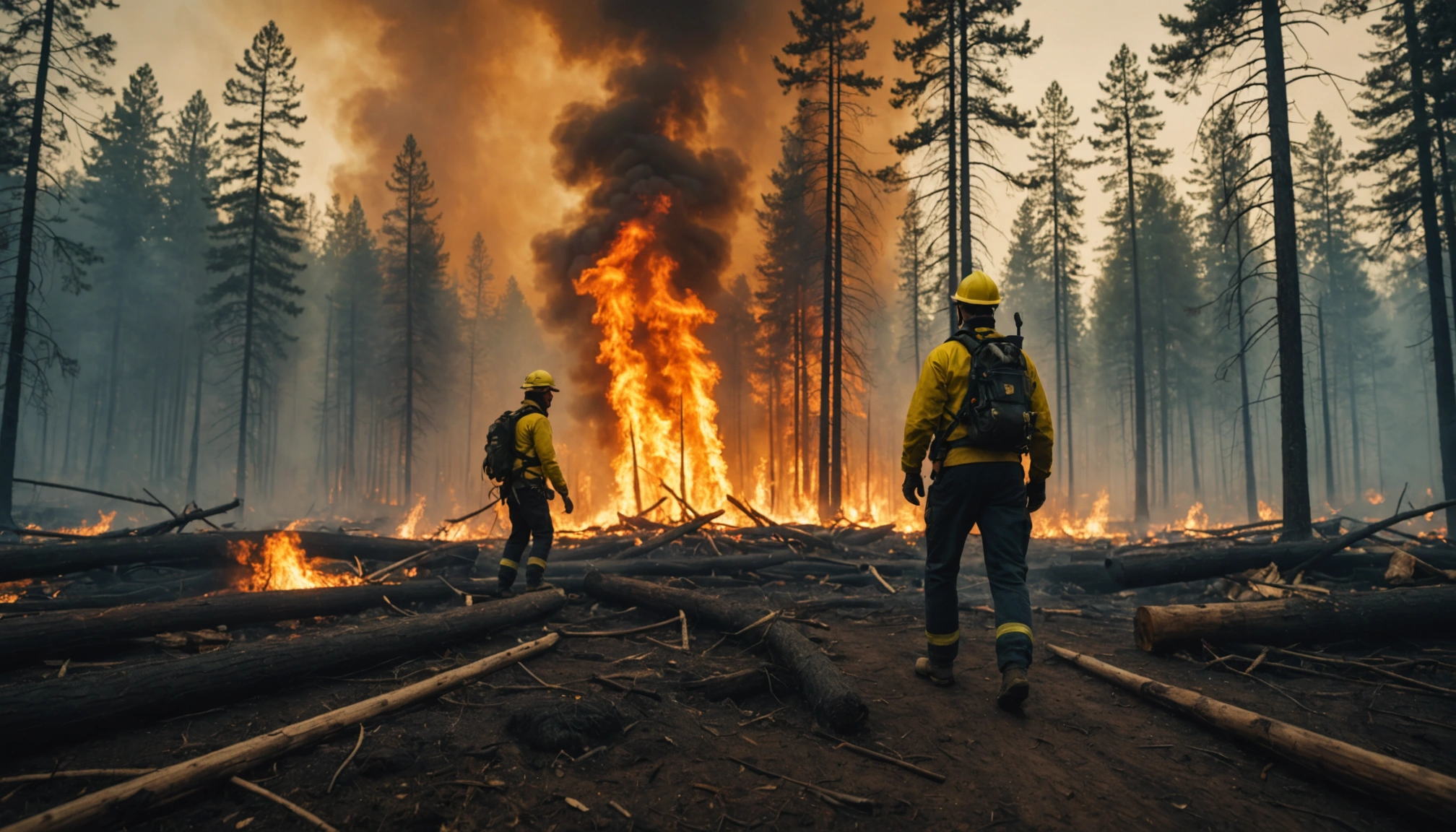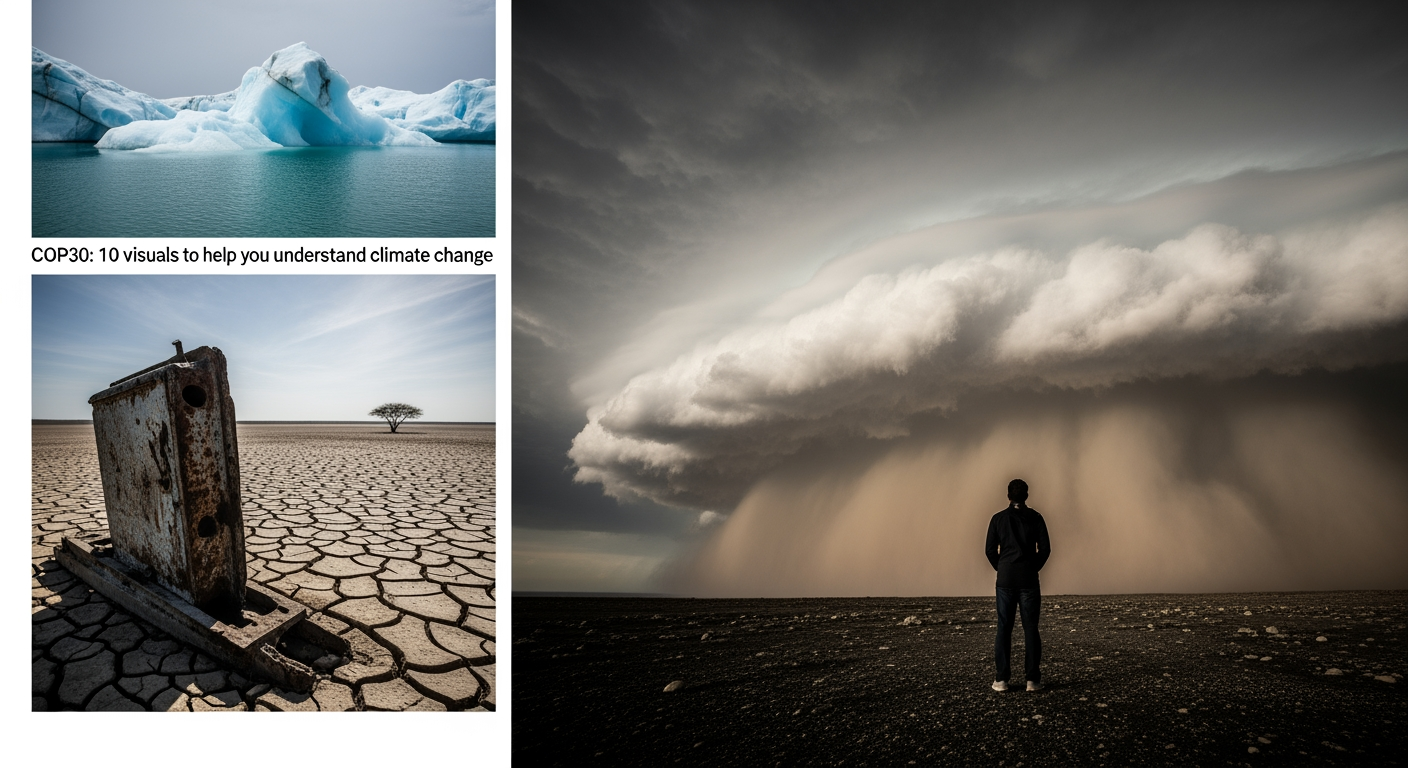Wildfires Fuel Record Forest Loss Globally in 2024

A surge in wildfires across the globe fueled a record-breaking year for forest loss in 2024, according to recent data. The unprecedented destruction highlights the escalating impact of climate change and human activities on vital ecosystems, raising concerns about biodiversity, carbon emissions, and the livelihoods of millions who depend on forests.
Tropical Rainforests Hit Hardest
The tropics experienced the most significant devastation, with a record 6.7 million hectares of primary rainforest disappearing in 2024. This is nearly double the loss recorded in 2023 and equates to a staggering 18 football fields of forest vanishing every minute. The primary driver behind this surge was wildfires, which accounted for almost half of the total loss in the tropics.
Brazil, home to the largest expanse of tropical rainforest, saw a dramatic increase in forest loss due to fires. The Amazon biome experienced a 110% jump in loss compared to 2023, with 60% attributed to fires. Neighboring Bolivia witnessed an even more alarming 200% increase in primary forest loss, placing it second in the global ranking of forest destruction. Experts attribute this surge to government policies incentivizing large-scale agricultural development through tax breaks and subsidies, coupled with the widespread use of fire for land clearing.
Climate Change Amplifies the Threat
Climate change is exacerbating the risk and intensity of wildfires, creating a dangerous feedback loop. Rising temperatures, prolonged droughts, and altered rainfall patterns are drying out vegetation and making forests more susceptible to ignition. In 2024, many regions experienced record-breaking heat and drought conditions, further fueling the flames.
The Pantanal, Brazil's tropical wetland, suffered the highest percentage of tree cover loss of any biome, with 1.6% of its tree cover disappearing. Research indicates that fires in the Pantanal were 40% more intense due to climate change. The increased frequency and intensity of wildfires can overwhelm the natural resilience of forest ecosystems, hindering their ability to recover and potentially leading to long-term degradation.
Beyond the Tropics: Boreal Forests Suffer
While the tropics bore the brunt of the devastation, wildfires also drove significant tree cover loss outside the tropics, particularly in Canada and Russia. Global tree cover loss reached a record high in 2024, increasing by 5% compared to 2023, reaching 30 million hectares. This marked the first time that major fires raged across both tropical and boreal forests since record-keeping began.
The fires resulted in an estimated 4.1 gigatonnes of greenhouse gas emissions, equivalent to more than four times the emissions from air travel in 2023. The destruction of boreal forests, which store vast amounts of carbon in their soils, further contributes to climate change and underscores the global implications of wildfire-driven forest loss.
Human Activities: A Major Catalyst
While natural factors play a role in wildfire ignition, human activities are a major catalyst for forest fires, particularly in the tropics. Many fires are intentionally set to clear land for agriculture, cattle ranching, and mining. These fires often spread out of control, engulfing vast areas of forest and causing widespread damage.
In addition to intentional burning, deforestation and forest degradation increase the risk of wildfires by creating drier and more fragmented landscapes. Logging, infrastructure development, and other land-use changes can disrupt forest ecosystems and make them more vulnerable to fire.
Consequences and Mitigation
The consequences of widespread forest loss are far-reaching. Forests play a crucial role in regulating the global climate by absorbing carbon dioxide, maintaining rainfall patterns, and providing habitat for countless species. Deforestation contributes to climate change, biodiversity loss, soil erosion, and water scarcity. It also disrupts the livelihoods of millions of people who depend on forests for their sustenance and well-being.
Addressing the escalating crisis of wildfire-driven forest loss requires a multi-faceted approach. This includes:
- Strengthening forest governance and law enforcement: Combating illegal deforestation and land clearing is essential to prevent human-caused fires.
- Promoting sustainable land-use practices: Encouraging sustainable agriculture, agroforestry, and community-based forest management can reduce the pressure on forests.
- Investing in fire prevention and management: Implementing early warning systems, improving fire suppression capabilities, and promoting fire-resistant building practices can help mitigate the impact of wildfires.
- Addressing climate change: Reducing greenhouse gas emissions and adapting to the impacts of climate change are crucial to reduce the risk of wildfires.
- Empowering local communities: Engaging local communities in forest conservation and fire management can ensure that solutions are tailored to local contexts and needs.
A Call to Action
The record forest loss in 2024 serves as a stark reminder of the urgent need to protect and restore the world's forests. Addressing the drivers of deforestation and investing in sustainable forest management are essential to safeguard biodiversity, mitigate climate change, and secure the livelihoods of millions of people. The time to act is now, before it is too late to reverse the devastating trend of forest loss and protect these vital ecosystems for future generations.


